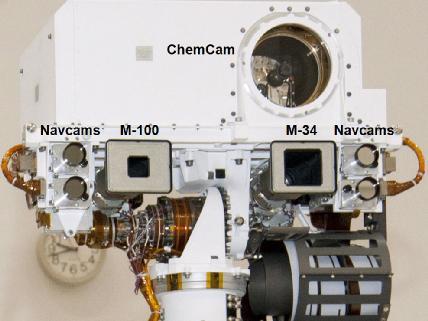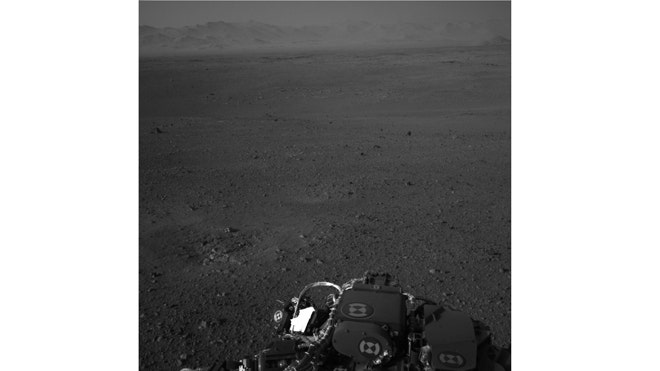Curiosity's landing on Mars gives NASA's scientists a reason to high-five
Published: Tuesday, August 07, 2012

PASADENA, Calif. — NASA celebrated the precision landing of a rover on Mars and marveled over the mission's first photographs Monday — grainy, black-and-white images of Martian gravel, a mountain at sunset and, most exciting of all, the spacecraft's white-knuckle plunge through the red planet's atmosphere.
Curiosity, a roving laboratory the size of a compact car, landed right on target late Sunday night after an eight-month, 352-million-mile journey.

Cheers and applause echoed through NASA's Jet Propulsion Laboratory, and engineers hugged, high-fived and thrust their fists in the air after signals from space indicated the vehicle had survived the harrowing descent through Mars' pinkish atmosphere.
JPL Director Charles Elachi likened the team to Olympic athletes: "This team came back with the gold."



























